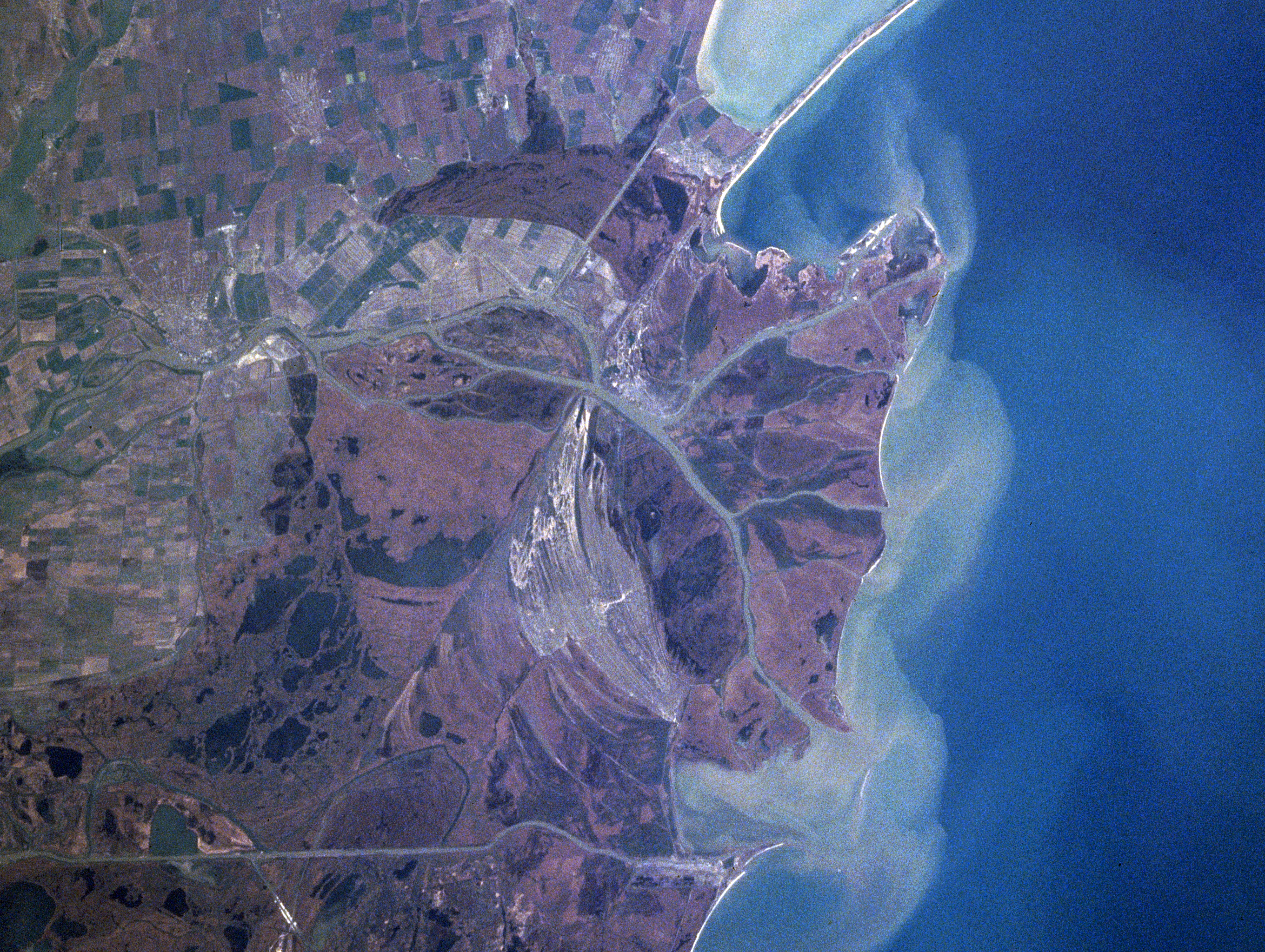| Revision as of 16:51, 6 December 2003 editBogdangiusca (talk | contribs)39,816 editsm mentioned Snake Island← Previous edit | Revision as of 07:43, 14 April 2004 edit undoBobblewik (talk | contribs)66,026 edits lare numbers of hectares -> smaller numbers of sq kmNext edit → | ||
| Line 30: | Line 30: | ||
| ==Nature== | ==Nature== | ||
| It hosts over 1,200 varieties of plants, 300 species of birds as well as 45 freshwater fish species in its numerous lakes and marshes. The Danube Delta has been entered onto the ] list of ] and a reservation of the biosphere. Around |
It hosts over 1,200 varieties of plants, 300 species of birds as well as 45 freshwater fish species in its numerous lakes and marshes. The Danube Delta has been entered onto the ] list of ] and a reservation of the biosphere. Around 2,733 km² of it are strictly protected areas. | ||
| This is the place where millions of birds from different places of Earth (European, Asian, African, Mediteraneean) come to lay their eggs. | This is the place where millions of birds from different places of Earth (European, Asian, African, Mediteraneean) come to lay their eggs. | ||
Revision as of 07:43, 14 April 2004
|
Northern half of the Danube Delta |
The Danube Delta (3446 sq km), located in Dobrogea, Romania is the largest and best preserved of European deltas.
Geography
Every year, the alluviam brought in by the Danube increases the width of the Delta with around 40 meters, making it extremely dynamic. Near Tulcea, the Danube is divided in three river branches before it flows into the Sea: Chilia, Sulina and Sfântu Gheorghe (Saint George), but many other channels make split the Delta into areas with reed, marshes and forests, some of which are flooded during the spring and autumn.
About 44 km of the Danube Delta lies the Snake Island, a territory claimed by both Romania and Ukraine.
|
Image from the Danube Delta |
Nature
It hosts over 1,200 varieties of plants, 300 species of birds as well as 45 freshwater fish species in its numerous lakes and marshes. The Danube Delta has been entered onto the UNESCO list of World Heritage Sites and a reservation of the biosphere. Around 2,733 km² of it are strictly protected areas.
This is the place where millions of birds from different places of Earth (European, Asian, African, Mediteraneean) come to lay their eggs.
Around 2,500 years ago, as Herodotus says that the Danube was divided in seven branches.
Inhabitants
Around 15,000 people live in the Delta, most of them are living off fishing with their traditional wooden kayaks. It includes a community of Lippovans which are descendants of the Old Rite Followers who left Russia in 1772 to avoid religious persecutions.
